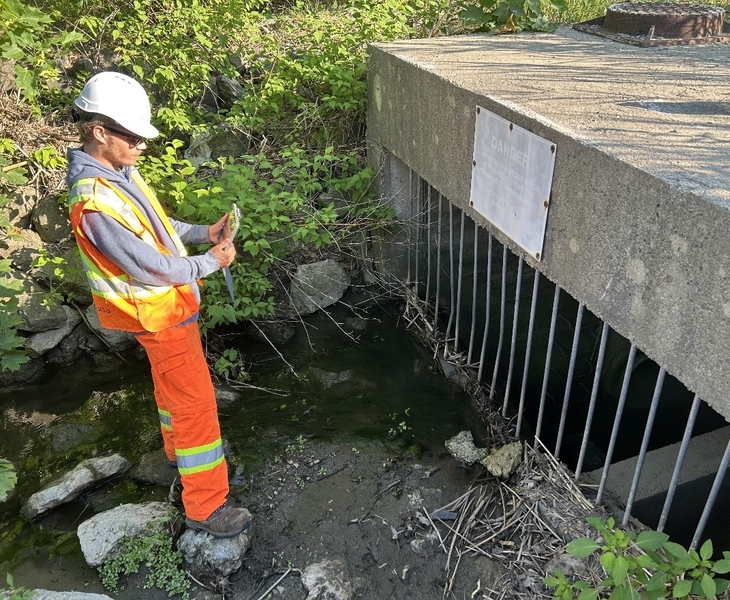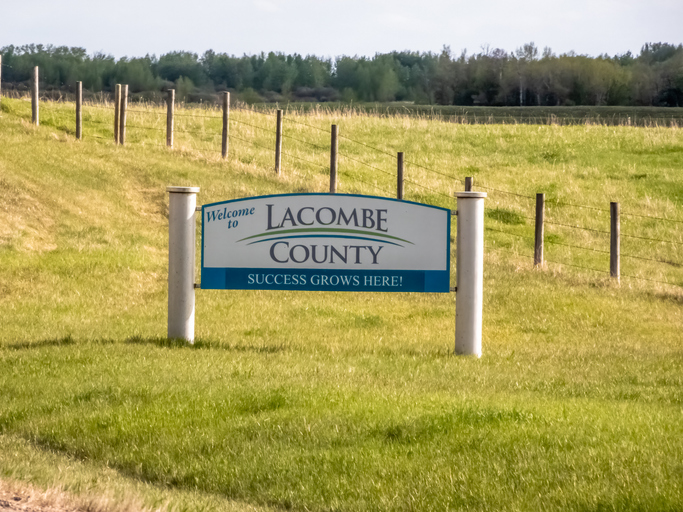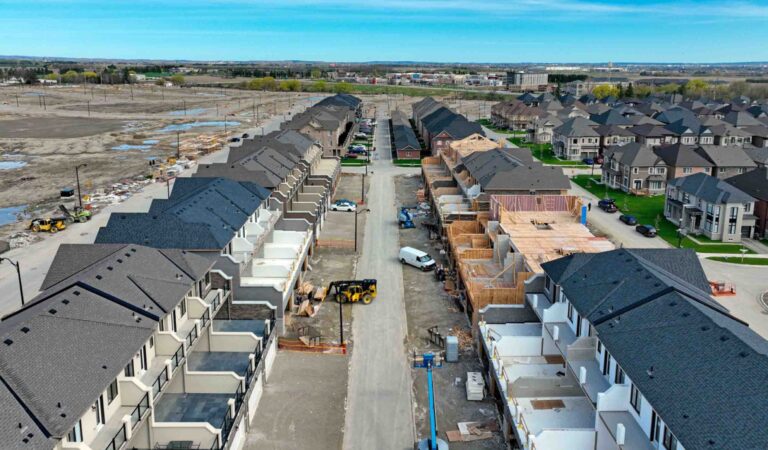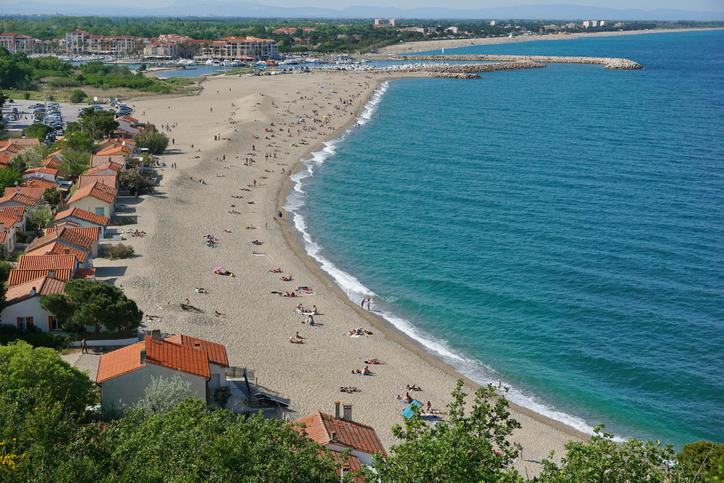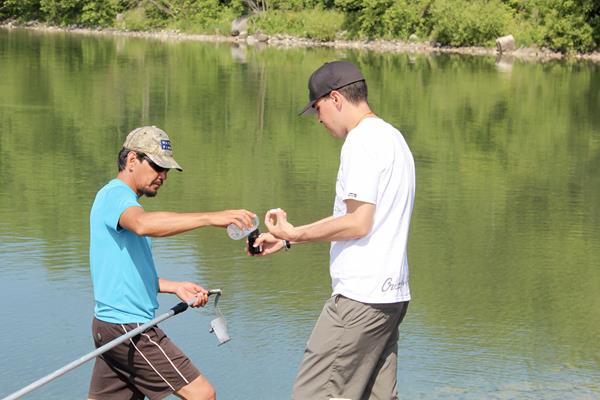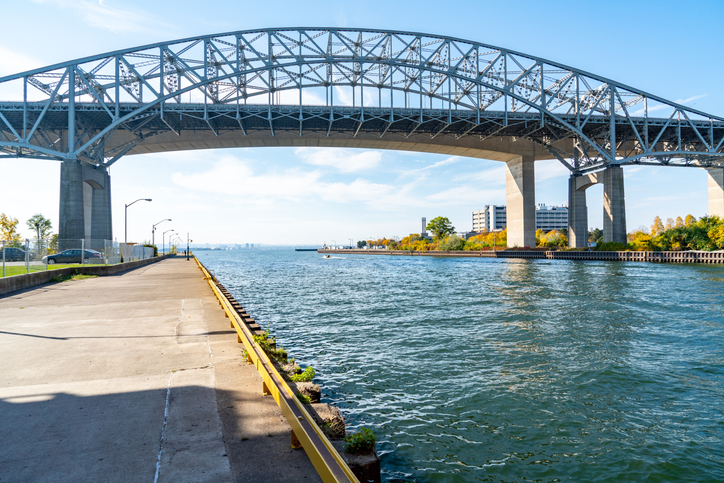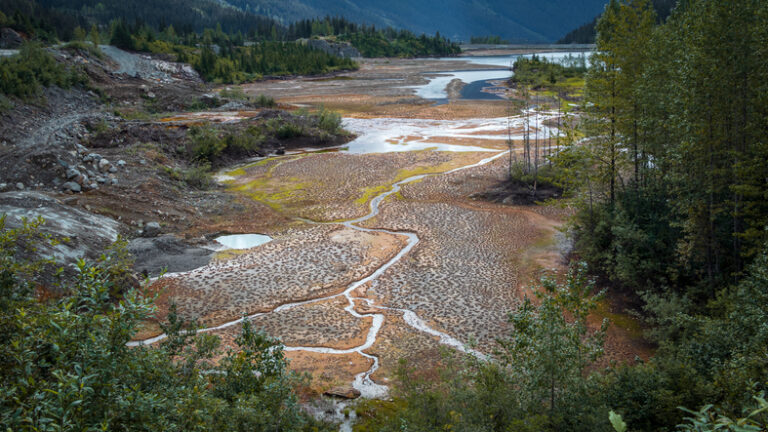Hartley Bay, B.C. – The federal government is investing $16 million to support the village of Hartley Bay’s, home of the Gitga’at First Nation, water infrastructure improvements.
Announced by Minister Sean Fraser, this project will significantly improve the water supply system for the community by retaining water at the outlet of Upper Gabion Lake, which can then be released during the increasingly dry summer months.
It will also build a dam, controls, and an access road to the project site. These assets will help protect the community, their livelihood, and the overall fish supply, including Coho salmon, in the Gabion River.
Once complete, this new infrastructure will help the residents of Hartley Bay be prepared for environmental disasters as they will have stored water available to combat wildland fires and mitigate the risks of drought. Additionally, the upgrades will help ensure that the community continues to have a safe water supply, including a healthy fishing habitat, which will protect their culture and heritage and support their economic growth.
Furthermore, making adaptation investments now will have major economy-wide benefits later. Every dollar that is invested in adapting and preparing for climate-related disasters can return as much as $13 to $15 in benefits.
“Quality disaster mitigation and adaptation infrastructure keeps our communities secure. Improving the water system in Hartley Bay will increase storage and supply, providing the Gitga’at First Nation with the tools they need to face environmental disasters. The federal government will keep investing in projects like this one that build stronger communities, protect our ecosystems, and help keep Canadians safe for years to come.” – The Honourable Sean Fraser, Minister of Housing, Infrastructure and Communities
“With warming summers, drought is a new but real threat to the very viability of Hartley Bay, our home community. Climate resilience has been on our agenda for years. Once the project is built, we will be able to manage our watershed’s resource all year long, avoiding disaster. We are very pleased and relieved to have this support from the Government of Canada.” – Bruce Reece, Chief of the Gitga’at First Nation
Quick facts
- The federal government is investing $16 million in this project through the Disaster Mitigation and Adaptation Fund (DMAF).
- Since 2018, the federal government has committed nearly $3.8 billion to DMAF.
- To date, over $2.38 billion has been announced for 88 infrastructure projects that help communities better prepare for, and withstand, the potential impacts of natural disasters, prevent infrastructure failures, and help keep Canadians safe.
- This funding will support projects that include new construction of public infrastructure or the modification or reinforcement of existing public infrastructure that help communities withstand natural disasters and climate-related risks.
- Eligible recipients include municipalities, local governments, provinces and territories, public sector bodies, Indigenous organizations, not-for-profit, and for-profit organizations in partnership with other eligible applicants outside the private sector. Projects must have a minimum of $1 million in total eligible costs to be considered eligible.
- On November 24th, 2022, the federal government released Canada’s National Adaptation Strategy: Building Resilient Communities and a Strong Economy. It commits $1.6 billion in new federal funding to help address both immediate and future climate risks to Canadian communities.
- As part of the Adaptation Action Plan, released alongside the National Adaptation Strategy, the Disaster Mitigation and Adaptation Fund received an additional $489.1 million in funding.
- Federal funding is conditional on fulfilling all requirements related to consultation with Indigenous groups.
- Federal funding is conditional on the signing of funding/contribution agreements


